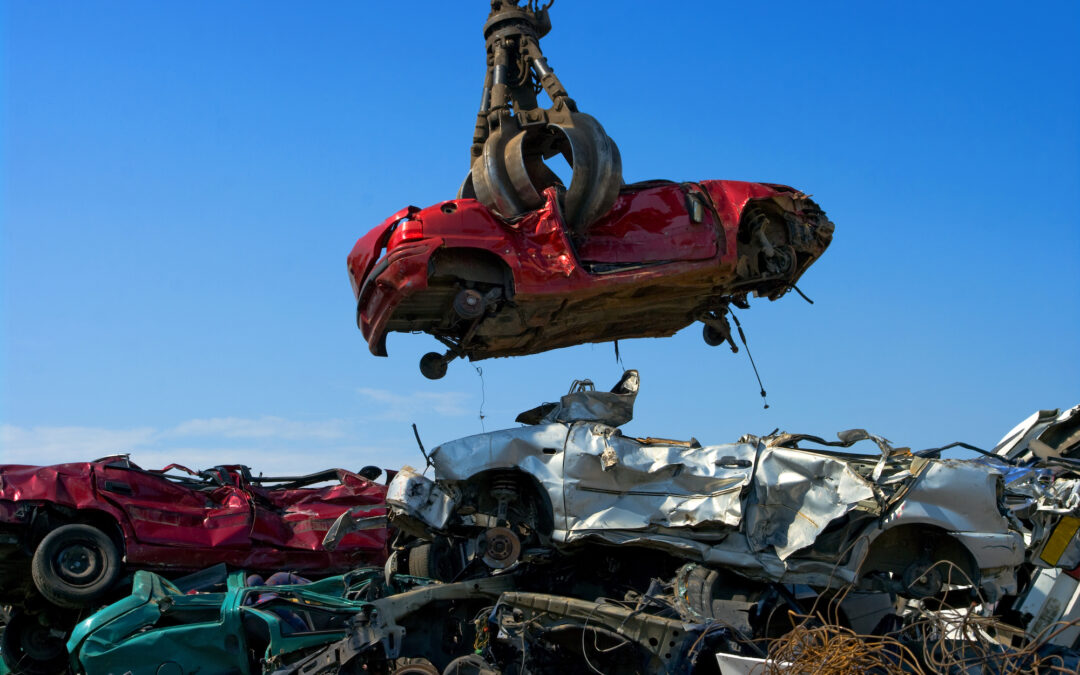Cranes are powerful pieces of equipment found on a worksite. Many different types play an important role in lifting heavy loads and saving time and energy. They are also one of the most dangerous pieces of equipment on site. A crane accident involving a dropped load, contact with power lines, overturns, or mechanical failure has the potential to cause serious injury, death, or property damage. OSHA and ANSI/ASME have specific industry standards and guidelines to ensure the safety of workers.
Discussion Points:
• Why is crane safety important?
• How is safety maintained when using cranes?
• Why you never stand under a suspended load?
• What are the safety precautions for crane lifting operations?
• What is the best safety rule?
Discussion:
The safe operation of cranes and hoisting equipment requires a team working together, including site engineers, machine operators, and ground workers. OSHA and ASME have standards that define the qualifications for all personnel involved in the lifting operations. Employers must develop a Lift Plan that should be available to all workers involved with the operation of the crane; they must ensure that all workers are adequately trained and certified for the tasks they will be performing; and they must provide personal protective equipment for all workers and ensure they wear high-visibility clothing, safety boots, a hard hat, eye protection, and earplugs or earmuffs when operating or working around cranes. Crane operators must inspect the crane before use and verify that all components meet the operating requirements; they must ensure safety equipment, including a fire extinguisher is available and in working order; the operator’s manual, maintenance manual, load charts, and current annual inspection are available in the cab of the crane; and the ANSI Standard Hand Signals chart posted on the crane.
Before operating a crane, a site assessment must be completed to identify and correct any potential hazards, and the path of the load must be planned. When working around a crane, only workers engaged in the initial attachment of the load, guiding, or receiving the load are allowed within the fall zone. Horn blasts and audible cues must be used to notify workers of the crane operation. The crane operator has the authority to stop operation when there is a safety concern. Cranes must be operated following all local, state, and federal guidelines to ensure the safe operation of the crane and prevent serious injury.
As always, be safe out there!


Recent Comments